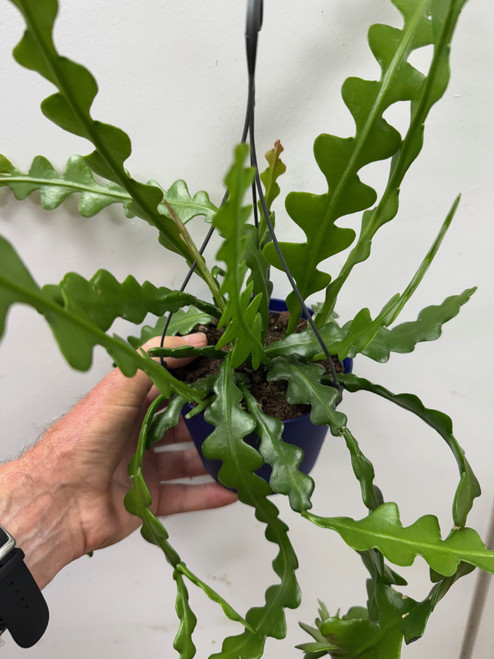Product Overview
Euphorbia Trigona – The African Milk Tree, or Candleabra Cactus.
Euphorbia and Cacti are more often than not confused with each other, however they are 2 completely different species. A true cacti only grows spines from the fuzzy cushions called areoles, no other plants have these. This is interestingly just an example of convergent evolution, whereas 2 different things evolve to survive in similar conditions, creating a very similar organism.
Euphorbia Trigona are native to Central Africa, where they can grow to heights of approx.. 9 feet tall, although potted plants generally only achieve half this height.
They are long lived, low maintenance, and air purifying.
Summer care:
These plants naturally enjoy warmth and sun, and like most other succulents can survive long periods of drought. Therefore make sure that you have the warmest, sunniest spot possible, large enough to sit the plant.
Ideally temperatures between 20-28c.
As mentioned Euphorbia are drought tolerant, so limit watering to about once every 2 to 3 weeks.
They are used to fairly nutrient poor soil so don`t need much fertilising. You could feed once or twice in Spring and Summer with a diluted half strength liquid feed, but this would be enough.
These are sturdy plants and don`t require much care other than bright light, warmth, and take care not to over water.
Minimum Temp: 15c
In Winter, when growth is slow, reduce the amount and frequency of watering to approx. once a month, and do not fertilise.
Occasional low temperatures are ok as long as the plant is kept very dry.
Repot once the plant appears to be too tall, and unsteady in the pot. Ample drainage is the main consideration, so make sure to use a good quality Cacti and Succulent compost.
Warnings: All Euphorbia produce a milky-white sap, called latex, this helps the plant to seal and heal a wound if damaged. It also defends against fungal and bacterial attack, and deters livestock from eating it. It is however potentially very irritating to sensitive skin, and incredibly painful if you manage to rub it in your eyes, so you must try to avoid contact or ingesting it. Wear protective gloves when handling, and wash your hands thoroughly after.
Best practice is to keep away from pets and children.




